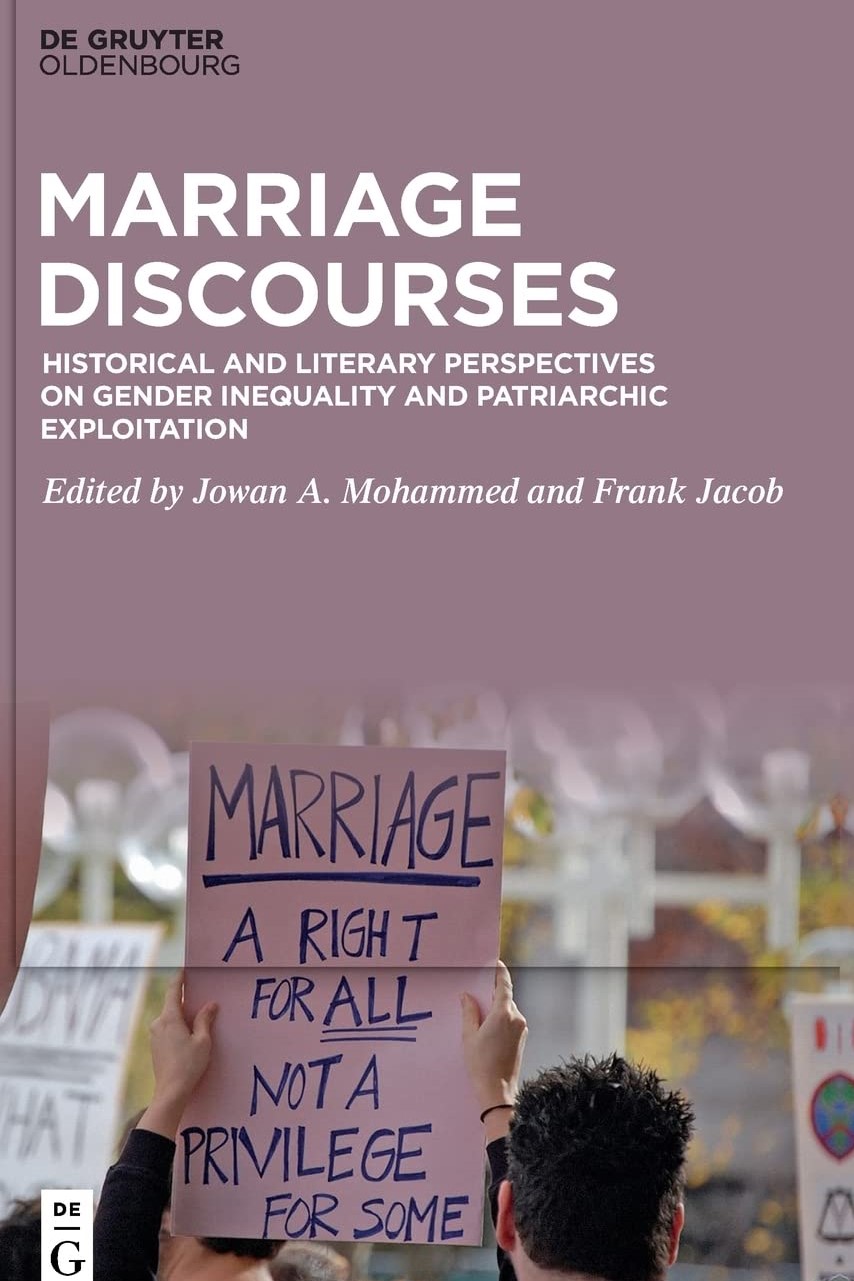- Contributor
- Editors
- Publisher
- Year
- ISBN
- Language
- Jessica Allen Hanssen
- Jowan A. Mohammed & Frank Jacob
- De Gruyter
- 2021
- 9783110751338
- English
Edith Wharton’s 1920 novel The Age of Innocence is an innovative masterwork of tension and suspense; even the most domestic of its descriptions only heighten the reader’s anticipation to find out what happens next. Frankly, it does not have the most unusual plot: a privileged young man marries one woman out of duty while believing he is in love with an exotic yet inaccessible other, and is forced to deal with the emotional and social consequences of the choices he makes for the rest of his life. Indeed, the themes of vanity and fallibility against the passage of time have been covered in long form by such heavy-hitters as Johann Wolfgang von Goethe, Marcel Proust, and Henry James. Yet The Age of Innocence is remarkable in its expression of the at-the-time insignificant moments which ultimately define a person’s, marriage’s, or culture’s destiny. Wharton’s contribution to the novelistic genre comes from the singular and thoughtful way she builds psychological tension through narrative focalization, thus allowing characterization and discourse to emerge through connecting with her reader’s knowledge as well as her own lived experience.
Through establishing how Wharton explores a complex marital situation through a selective inclusion of significant cultural forces such as visual arts and earlier American literature into the narrative and builds mood through expanding interpretative spaces at key junctures in the novel, we can establish how The Age of Innocence stands as a powerful and still-influential document on the nature of transaction in marriage discourse in 20th-century American literature. This chapter will therefore present both biographical and literary historical data that establishes the context for Wharton’s work. It will also briefly introduce and explore some cultural developments of the early 20th century, such as the rise of psychoanalysis and secularization, which itself might be understood as transactional in nature, that might have impacted a contemporary audience’s awareness of marriage discourse. These will then inform an interpretative analysis built on a close reading of key elements of the marriage of protagonist Newland Archer and his wife, May Welland Archer, in The Age of Innocence, leading to a thus-informed discussion of the novel’s significance to marriage discourse in later 20th-century American fiction.


